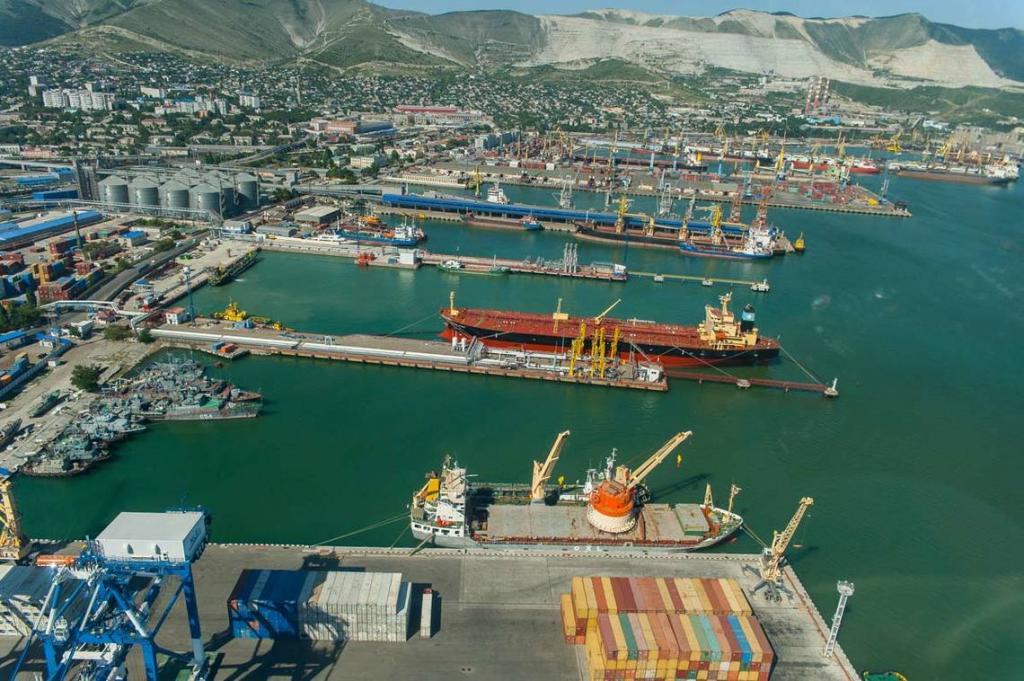The construction of a port project in the Iranian city of Chabahar has been gaining increased attention as a potential global trading hub – and an arena for geopolitical competition. India has served as the primary investor in Chabahar port, as New Delhi sees the port as a way to access Afghan and Central Asian markets without relying on Pakistan’s land routes. Furthermore, the port could strengthen Indo-Iranian ties, which could balance out growing Sino-Pakistani cooperation. At the same time, China has been growing increasingly influential in Iran, seeking to gain access to critical natural resources and shipping routes.
Bank Maha Pack includes Live Batches, Test Series, Video Lectures & eBooks
Chabahar Port: Its Background
Chabahar port is located in Iran’s southeastern Sistan and Baluchestan province. The port has a number of distinguishing features that make it attractive from both a domestic and international perspective. Located on the edge of the Indian Ocean, it is the only deep-sea port in Iran with direct ocean access. Its geographic proximity to countries such as Afghanistan, Pakistan, and India, as well as its status as a key transit center on the burgeoning International North-South Transport Corridor(INSTC), gives it the potential to develop into one of the most important commercial hubs in the region. Chabahar is also one of the few places in Iran that is exempt from U.S. sanctions, which significantly simplifies trade procedures with other countries.
Geopolitical Competition Over Chabahar Port:
- Meanwhile, both India and China have their own plans for Chabahar and bilateral relations with Iran. India has an extensive history of engagement with the Chabahar port, as New Delhi views the port as an opportunity to strengthen India’s position as a regional and global power. India, having the second largest population in the world, the sixth largest economy in the world, and a long-standing bid for permanent U.N. Security Council membership, is a major contender for future global superpower status. It has sought to expand its market reach in Western and Central Asia to further consolidate this potential.
- However, India has been severely hindered in establishing land-based trading with countries to its west, as virtually all of those routes would have to go through Pakistan, India’s archrival. Establishing a sea-based trade route to Western and Central Asia via Chabahar port would allow India to bypass Pakistan and establish trade networks with the countries in these regions.
India’s Collaboration:
Indo-Iranian collaboration on Chabahar port dates back to 2003. However, their joint effort only started to gain traction around 2016, when Prime Minister Narendra Modi of India and President Hassan Rouhani of Iran announced that India would invest $500 million into the development of Chabahar port. A major catalyst for their renewed cooperation stemmed from Chinese President Xi Jinping’s 2013 announcement that China would commence its massive Belt and Road Initiative (BRI) infrastructure project.
China’s Interest:
- From India’s vantage point, China, with the world’s largest population, second largest economy, and prominent positions within the U.N., WTO, and other international organizations, was already its chief rival for superpower status. Furthermore, Chinese collaboration with Pakistan via the development of Gwadar port and the China-Pakistan Economic Corridor(CPEC) raised concerns over how the partnership of India’s two main adversaries could impact the country. India’s involvement with Chabahar port, then, serves as a key strategy to buttress its superpower status by widening its regional market presence and using an Indo-Iranian alliance to buffer China and particularly Sino-Pakistani cooperation.
- India is not the only superpower that has a stake in Chabahar port, as China has also sought to strengthen ties with Iran to secure energy and mineral resource reserves and gain access to advantageous Eurasian trade routes. Chinese access to Chabahar port would immensely benefit these objectives, as China could connect the port to its own extensive maritime-based trade network. Considering China’s investment in Pakistan’s Gwadar port, another key driver of China’s interest in Chabahar port would be to block India from accessing routes to Afghanistan and Central Asia.
Iran’s Balancing Act:
Heightened Indian and Chinese involvement in Chabahar port has stirred debates among Iranian political circles on how to take maximum advantage of their competition while minimizing the risks to Iran itself. The economic and diplomatic opportunities presented by India and China could help Iran bolster its own great power ambitions, but asymmetrical power sharing and trade deals could render Iran as a junior partner or glorified resource appendage. Therefore, Tehran is trying to find ways to strategically balance India and China.
For Example: Iran’s recent induction into the Shanghai Cooperation Organization (SCO) – an organization that also includes China and India – reflects its desire to form a coalition against Western hegemony while seeking to affirm a more active role in Central Asian and Middle Eastern affairs. Iran could use its membership in the SCO and other multilateral initiatives as a means to play India and China against each other: Iran could threaten to side more closely with one country if it doesn’t gain greater concessions from the other. Iran, therefore, could utilize Sino-Indian rivalry to its benefit to boost its own superpower status while maintaining its longstanding independent streak of not aligning itself too closely to “either the East or the West.”



 Paris Olympics 2024 Medal Tally, India M...
Paris Olympics 2024 Medal Tally, India M...
 Which District of Madhya Pradesh is Famo...
Which District of Madhya Pradesh is Famo...
 EC Signs Electoral Cooperation Pact with...
EC Signs Electoral Cooperation Pact with...

